All the different products lined up on the shelves in stores, and especially their packaging, are in extreme competition to attract the customer’s attention. If you could entice a potential buyer in just a few seconds, you could really make a difference in terms of sales. The average consumer, in fact, only spends 15 seconds to look at the products on a shelf (Source: Nielsen). You have very little time to convince them to buy!
But how can you capture the attention of potential customers? Try following these tips:
1. Surprise them at first glance
If you want to get noticed, use a combination of shape, design and unusual colors to differentiate the product from the competition and stand out from the crowd. Choose uncommon shapes or unusual colors and analyze the layout of the products on the shelf to find the best combination.
If your project includes images of people or fictional characters, you’ll find the results of a study conducted by Cornell University, New York, quite interesting. The research shows that depicting people or fictional characters who appear to be looking the customer in the eye increases customer engagement, creating an emotional connection with the brand and a feeling of greater brand credibility.
The test consisted in showing two versions of a cereal box, that only differ in one aspect: the bunny depicted on the packaging looks straight in the eye in version A, and looks down in version B.

The boxes used in the Cornell University’s test. Version A on the left and Version B on the right.
Displaying a character on the boxes to create a visual contact with the potential customer (adult or child, depending on the target) can be used as an additional strategy to influence consumers to buy the product and to develop brand loyalty.
2. Highlight the strengths of the product
Determine what the real strengths of the product are, the added value compared to the competition, and the reasons why a customer should want to buy it. If you can communicate these unique aspects making the most of your packaging, you will motivate potential customers to put your box in their shopping cart.
3. Offer functional packaging
Many people pay attention to the functional aspects of a product’s packaging. If you have created a box that favors aspects such as storage, consumption or prolonged use of the product, highlight it on the packaging! (For example, a box that can be opened and resealed several times, depending on the use of the contained product).
4. Use easy-to-read fonts
Choose a font that is easy to read, and balance text and images wisely. Textual communication should be essential: have you ever seen a popular brand’s packaging displaying an excessive amount of text?
5. Show the product
If the product is particularly pleasing to the eye, you may consider applying an opening to let potential customers have a glimpse of the contents of the box (for example, if you are creating a packaging for cookies).
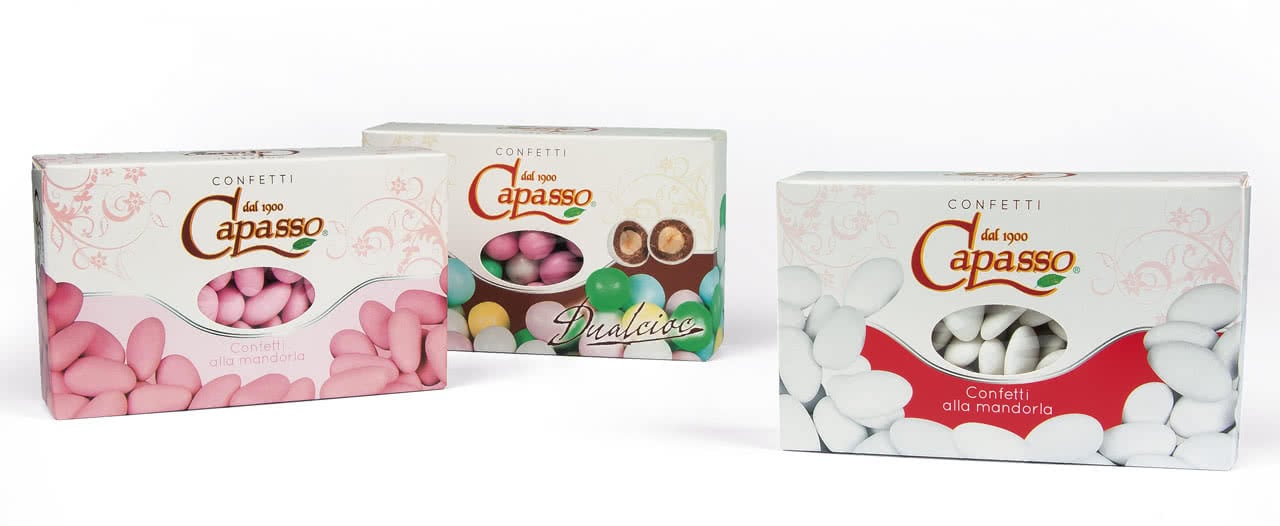
6. Stimulate the five senses
Did you know that you can use scented paper, that when rubbed releases an intense aroma of different flavors? And did you know that you can use tactile special effects on your packaging? For example: velvet touch, shiny, textured, matte, drip-off (mix of shiny and matte), embossed, engraved, etc… Such special effects can surprise and capture the consumer, raising his attention to your packaging and communicating a greater value compared to the competition.

7. Reassure the customer
Make sure to add all relevant information to reassure the customer on the quality of the product, especially if you are working with a new or little-known brand. Does the company have certifications or awards? Can it provide university-lab test results that certify beneficial characteristics of the product? It the product free of allergens or is it suitable for special diets (for example, gluten-free or kosher)? If the answer is yes, highlight these details: it will prove the product’s quality and value to potential customers.
8. Show the “green” side of the product
The issues of ecology and environmental sustainability are increasingly important among consumers. If the product or its packaging have “green” characteristics, write it on the box. For example, if it has environmental certifications, if renewable energy is used in the production process, or if the box is made with recycled materials.
Conclusions
The box is often the first point of communication that can influence a consumer’s choice. In fact, what is first seen is the packaging, way before consumers can see or touch the product. This is why designing an effective packaging can greatly contribute to the product’s success.
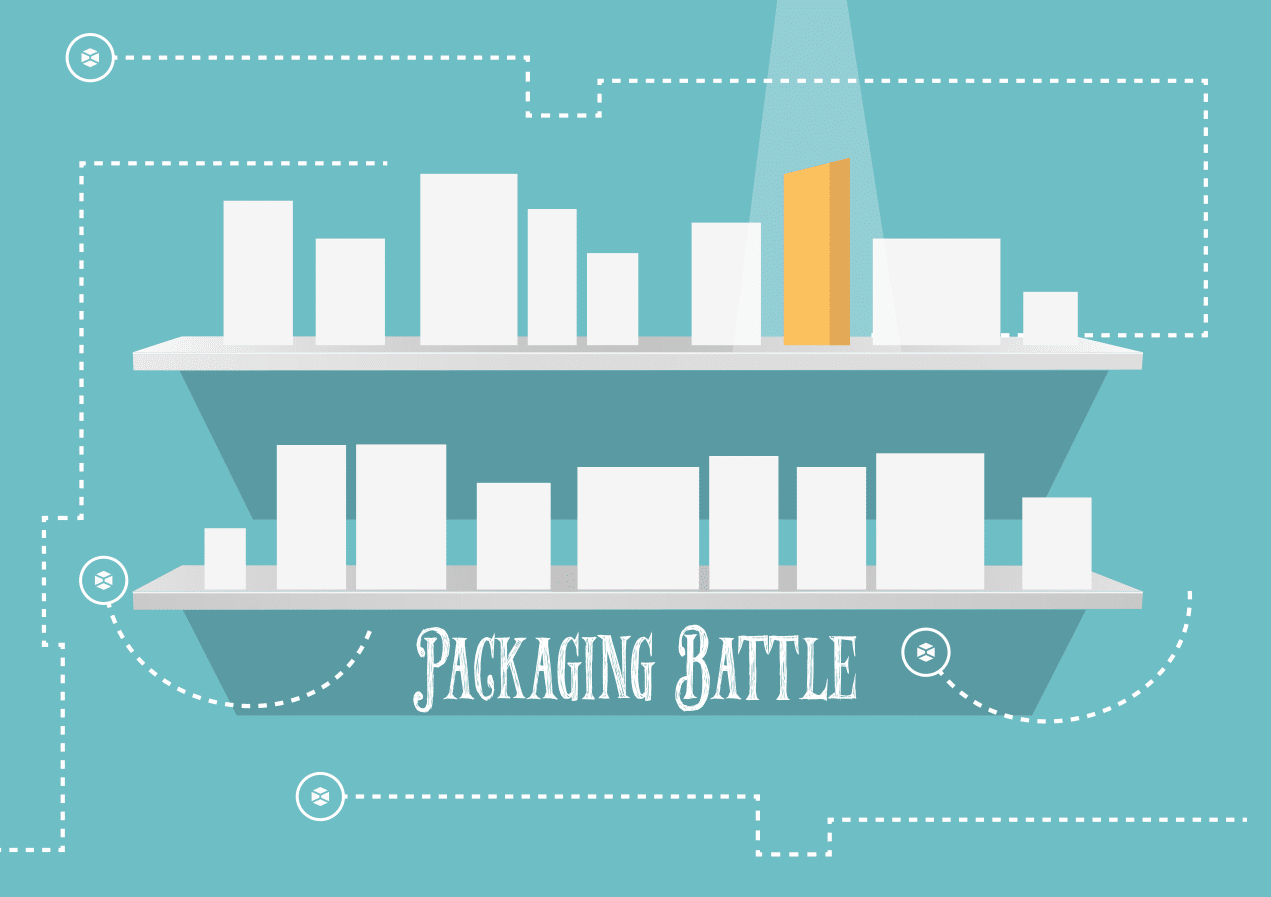



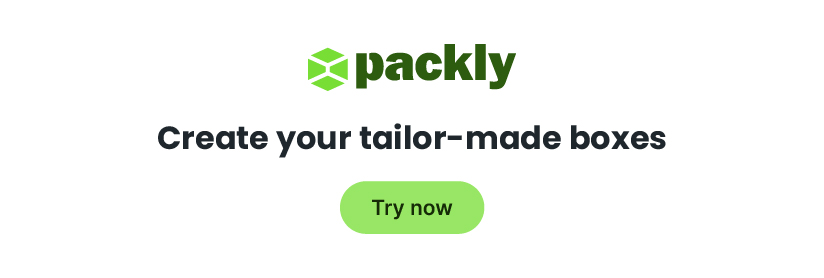

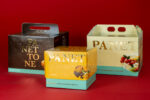




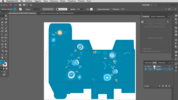


Love this article! It is really close to this one that was written from Packaging Designer perspective to help other creatives. https://www.dealdesign.com/2016/07/02/7-strategies-powerful-packaging-design-part-2/
Thank you David, we really appreciate your feedback. Your article is also really great!
Hope that both of them will help creatives to design successful packaging 🙂